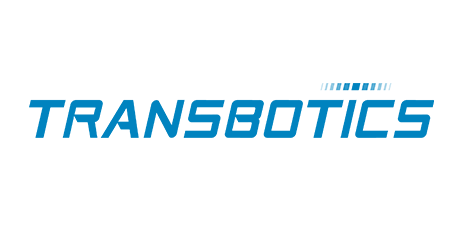Select your region / language
Top 5 Australian Meat Processor installs AGV & Palletising system
Overview:
Established in 1953 the Kilcoy Pastoral Company have spent over 60 years expanding into one of Australia’s top five meat processors. With their abattoir in southeast Queensland, Kilcoy process over 800 premium grain-fed cattle daily for both domestic and international clients.
Prior to this project, Kilcoy’s product of pre-packaged meat cartons, would flow into the sorting room at random, a mix of both frozen and chilled. This made it difficult to trace where specific cartons were and ensure they were accounted for; as well as making it hard to sort onto pallets.
Kilcoy, having previously used Scott for a number of different projects, knew that the Scott team, with their range of automation and technical skills, as well as being involved in the meat automation and material handling industries, could solve difficult challenges. This combination of automation technologies made Scott unique in their ability to deliver and supply all elements of this project, meaning Kilcoy could avoid having to engage different suppliers for different parts of the solution.
Scott approached finding a solution from a process perspective to understand Kilcoy’s requirements for the room, and with their expectation of a turnkey solution. A four robot-palletising hall, featuring carton sorting, AGVs and pallet barcode scanning satisfied their requirements for throughput, reliability and running cost. This also included traceability of individual cartons throughout the process.
Installation occurred in 2017 with Kilcoy seeing an increase in production speed, improved traceability of the product, and improved fault tolerance as well as reduction in labour costs with only two operators needed in the room. Over time Kilcoy will also benefit from flexibility in the layout.
System Overview:
The solution was a combination of a loop conveyor to sort cartons into products, before sorted products move down to robots that would palletise the product. The system has the capability of handling up to 60 pallets per hour, though Kilcoy typically run the system at 40-50 pallets an hour.
Following carton palletisation, an AGV collects the pallet, taking it to the scanning station to check the contents of each pallet. A series of scanners aligned vertically allow the AGV to spin, ensuring each carton is scanned and accounted for.
Using a groundbreaking solution, the AGV containing the pallet would then continue into a wrapping machine. Pallets could be easily wrapped while on the AGV, meaning no extra conveyors and therefore improving line speeds. The AGV’s would then continue on its path to deliver the now shipping ready pallet to the dispatch line. Previously an AGV had never been able to stop inside a wrapping machine and since Scott implemented this process at Kilcoy, it has been widely adopted in other materials handling lines.
Benefits:
- Chilled and frozen cartons sorted
- Full traceability of cartons throughout the system
- Handles up to 60 pallets per hour
- Increased line speed
- Reduced labour costs
- Flexible layout, allows for future improvements or expansion
- Improved throughput and running costs
- Increased reliability















